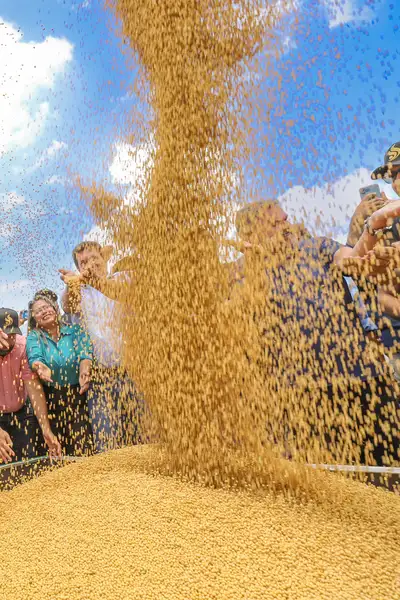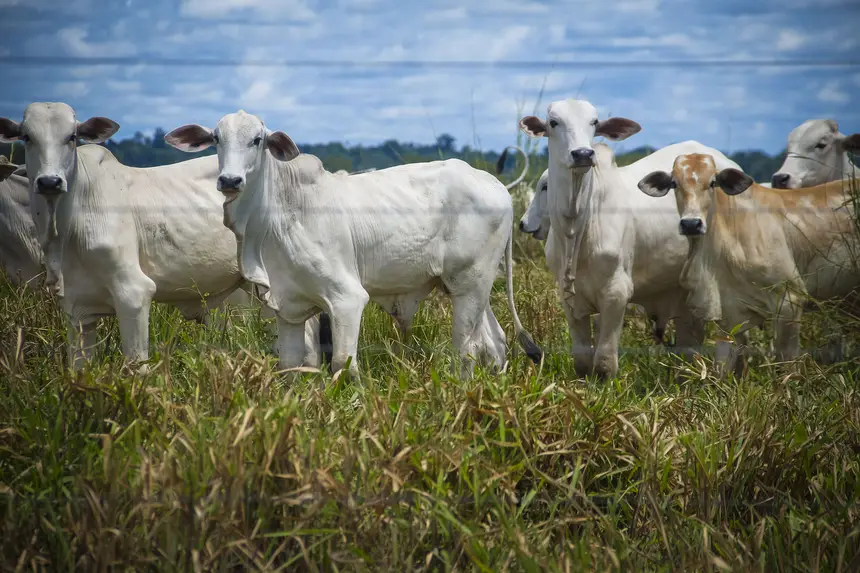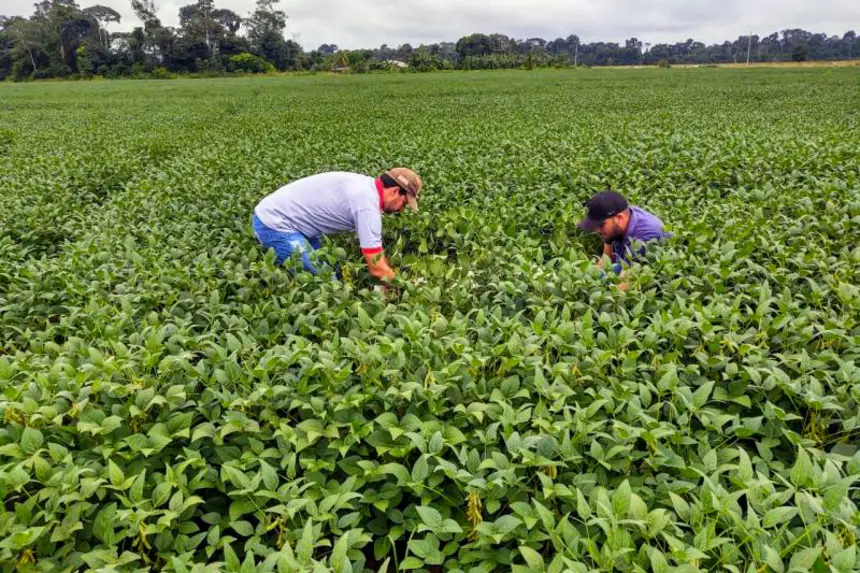GDP of Pará grows 5.36% in the first quarter of the year, surpassing the national average, points out Fapespa bulletin
Prepared by the Directorate of Statistics and Technology and Information Management (DETGI) of Fapespa, the document highlights the state GDP behavior compared to that of Brazil

In the first quarter of this year, the Gross Domestic Product (GDP) of Pará showed a growth of 5.36% compared to the same period last year, a figure higher than the national performance, which grew by 2.85%. In the Pará scenario, the result was significantly influenced by the growth of the agricultural and industrial sectors, with rates of 12.3% and 22.7%, respectively. This is indicated by the Quarterly GDP Bulletin of the State of Pará, released by the Amazon Foundation for Support of Studies and Research (Fapespa) this Thursday (18).
Compared to the last quarter of 2024, the GDP of Pará rose by 2.69% in the first quarter of 2025, maintaining the growth trend. This figure also represents an increase above the national value, which was 1.4%.
Prepared by the Directorate of Statistics and Technology and Information Management (DETGI) of Fapespa, based on data from the System of Quarterly National Accounts (SCNT/IBGE), the product provides the most updated analysis of the economic performance of the State in 2025, highlighting the main economic sectors, which are: agriculture, industry, and services, as well as the state GDP behavior compared to that of Brazil.
The document aims to contribute to reducing the lag in the dissemination of regional GDP data and to ensure greater transparency and access to information for public managers, researchers, and society in general. "The quarterly GDP is important due to its speed of information, as it overcomes the two-year delay of previously released GDP information, and now we have a closer estimate, with quarterly information," informs economist and Fapespa scholar Rickson Oliveira, a collaborator in monitoring the state and municipal GDP of Pará.

General overview – In total, the GDP of Pará in the first quarter of 2025 was R$ 68.7 billion. Among the economic sectors, agriculture had the greatest participatory highlight, contributing 4.2% of national production. The sector was boosted by agriculture, which was favored by good weather conditions. The rains contributed to irrigation and soil water storage, which raised the production estimate for crops such as soybeans, cassava, corn, and oranges.
"In the agricultural sector, there is a particularity: although açaí is one of our flagship products, it does not enter the estimates because we have not found a reliable source that can provide açaí production at the quarterly level, however, we can estimate other crops, such as soybeans, corn, and cassava, which are also very important in our agriculture," explains Rickson. "Combined with the excellent performance of livestock, which has been suffering from rising prices of fat cattle since last year, the growth was quite positive in the agricultural sector," he added.
The industrial sector also showed robust growth across all its economic activities, especially in mineral extraction. According to technician Thays Santos, a statistician on the Quarterly GDP team, "This result was made possible thanks to the impressive performance of production units such as Canaã dos Carajás and Marabá, which achieved records and excellent operational performances. Thanks to this, the sector continued to lead industrial growth in Pará and reached a share of 8.1% in national mineral production," she emphasized.
On the other hand, the services sector experienced a decline of -3.84% compared to the annual comparison, but grew by 4.23% in the quarterly comparison, driven by positive performance in activities such as commerce, transportation, storage, and postal services. "This positive performance can also be observed in the CAGED (General Register of Employed and Unemployed) data, which shows that the State ended the semester with 6,038 new formal jobs in the services sector, meaning there were more hires than layoffs, reinforcing the results estimated by our analysis," the technician states.

Interaction – In addition to the technical report, Fapespa provides the Dashboard for Monitoring the Quarterly GDP of Pará, which gathers data from 2012 to 2025 in an interactive and trilingual platform (Portuguese, English, and Spanish). The tool allows exploring the evolution of state GDP by sectors and subsectors of the economy, as well as enabling comparisons with national results. The resource enhances its accessibility and makes it useful not only for the local audience but also for researchers, investors, and international institutions.
Moreover, linking economic indicators to the Sustainable Development Goals (SDGs) is an innovative point that allows analyzing the performance of the Pará economy considering global sustainable development goals, affirming Fapespa's commitment to transparency, social responsibility, and the integration of public policies with international agendas.
"The dashboard represents a step forward because it democratizes access to economic statistics and increases its international visibility. In addition to allowing dynamic analyses of the economic growth of Pará, it also connects local indicators to the Sustainable Development Goals (SDGs), strengthening the relationship between economic development, social responsibility, and sustainability," explains Thays.
According to the Economic Statistics and Regional Accounts Coordination (CEECR) of the Directorate of Statistics and Technology and Information Management (DETGI) of Fapespa, this initiative aims to make economic analyses more accessible, enabling a quick reading of the economic scenario of the State and providing a reliable basis for public policies, strategic planning of state and private companies, and new investments in Pará.
More information about sector highlights and the complete bulletin can be found here.












